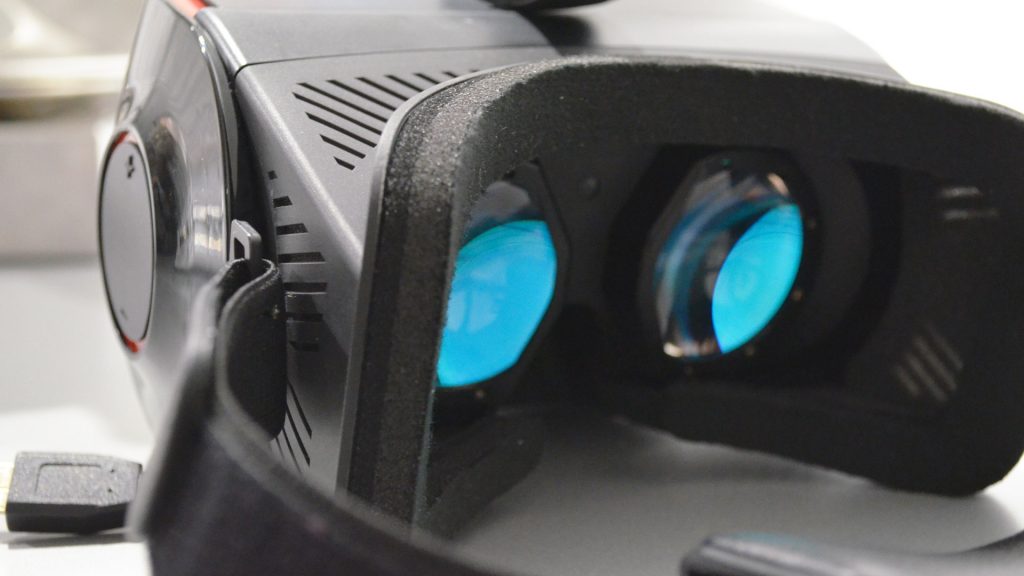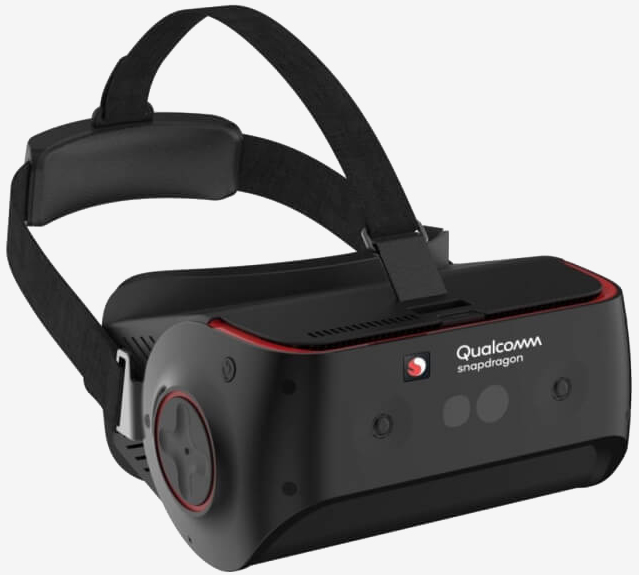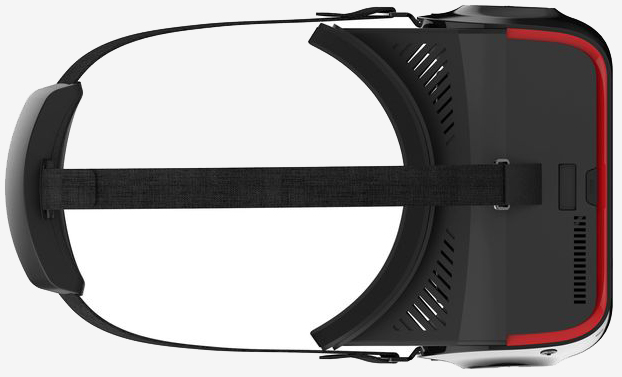
Mobile virtual reality tech could be due for another major improvement if Qualcomm's latest announcement is anything to go by. The chipmaker on Wednesday unveiled their new Snapdragon 845 VR reference headset and it looks pretty appealing.
The 845 is Qualcomm's latest "premium" mobile chipset and it aims to bring several new VR-oriented features to the table. These features are currently set to include "foveated rendering" (VR eye tracking) and support for room-scale VR experiences. The latter is particularly interesting because it makes use of "6DoF" (degrees of freedom) technology to track not only the user's body but also the location of real-world objects.

Considering the fact that most mobile VR apps offer more of an "on rails" experience compared to what apps running on the HTC Vive or Oculus Rift do, these new features could represent a significant step forward for the mobile VR industry.
Back in December, Qualcomm also released a few interesting pieces of information regarding the 845's technical specifications. At the time, the company said their 845 chipset would support dual 2,400 x 2,400 pixel displays and up to a 120Hz refresh rate - a significant improvement over previous devices on the mobile VR market.

However, the Snapdragon 845 chipset isn't just bringing new features and a few technical improvements. According to Engadget, it will also be 30 percent faster and boast a 30 percent boost to overall power efficiency compared to the previous Snapdragon 835 mobile chipset.
As interesting as all of this technology sounds, you have to wait a while to get your hands on an 845-powered VR headset. Qualcomm hasn't announced a release date for the device and we don't yet have any information regarding its potential pricing.
Lead image via Smarthouse
